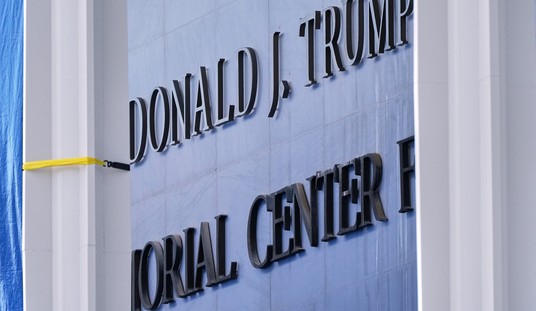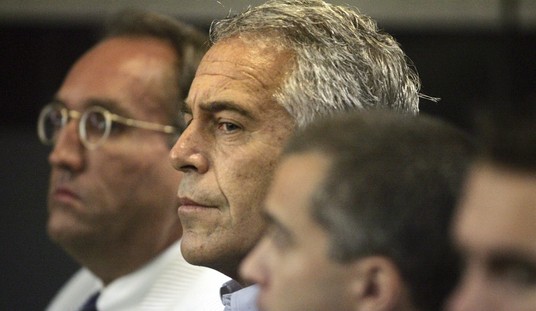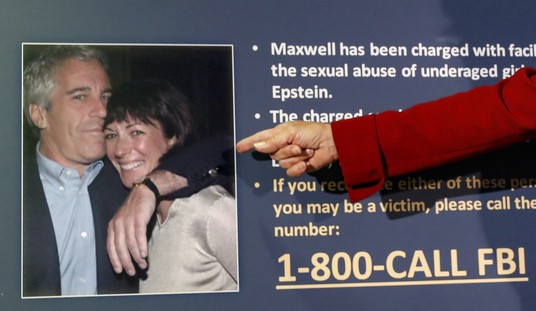In a remarkable new exclusive report, Yahoo News details what intelligence officials called a “stunning” breach of FBI technology by Russian operatives in the U.S. throughout the Obama years, culminating in the removal, in December 2016 just after Trump was elected, of three dozen Russian diplomats over a 72 hour period and the seizure of two compounds located on the East Coast of the United States.
Both compounds, and at least some of the expelled diplomats, played key roles in a brazen Russian counterintelligence operation that stretched from the Bay Area to the heart of the nation’s capital, according to former U.S. officials. The operation, which targeted FBI communications, hampered the bureau’s ability to track Russian spies on U.S. soil at a time of increasing tension with Moscow, forced the FBI and CIA to cease contact with some of their Russian assets, and prompted tighter security procedures at key U.S. national security facilities in the Washington area and elsewhere, according to former U.S. officials. It even raised concerns among some U.S. officials about a Russian mole within the U.S. intelligence community.
“It was a very broad effort to try and penetrate our most sensitive operations,” said a former senior CIA official.
The operation — which had Russian spies compromising outdated technology carried by FBI surveillance agents — allowed these agents in cities such as New York, Washington, DC, and San Francisco to determine when and where they were being surveilled, “shake 0ff” their FBI shadows, monitor surveillance equipment, and even gather information about the FBI agents themselves.
According to Yahoo, the operation began in 2010 after the “reset” initiative between the Obama administration and Russia. And following, more specifically, the arrest of a group of Russian operatives deeply embedded in American society in a non-official capacity. Their tactics became known to the FBI by 2012. Some of the ancillary players in this little spy drama are familiar.
Just a few months after the illegals pleaded guilty in July 2010, the FBI opened a new investigation into a group of New York-based undercover Russian intelligence officers. These Russian spies, the FBI discovered, were attempting to recruit a ring of U.S. assets — including Carter Page, an American businessman who would later act as an unpaid foreign policy adviser to Donald Trump’s 2016 presidential campaign.
The breaches also spoke to larger challenges faced by U.S. intelligence agencies in guarding the nation’s secrets, an issue highlighted by recent revelations, first published by CNN, that the CIA was forced to extract a key Russian asset and bring him to the U.S. in 2017. The asset was reportedly critical to the U.S. intelligence community’s conclusion that Russian President Vladimir Putin had personally directed the interference in the 2016 presidential election in support of Donald Trump.
Basically, what the Russians were able to do according to the report was to turn facilities publicly thought of as diplomatic buildings into “listening posts” where they were “able to intercept, record and eventually crack the codes to FBI radio communications.”
The two compounds closed in December 2016 by Obama — one in Maryland and one in New York — were used in this manner. What’s even scarier is that some intelligence officials think the Russian agents involved may have had help from a U.S. turncoat.
While the Russians may have developed this capability by themselves, senior counterintelligence officials also feared that someone from within the U.S. government — a Russian mole — may have helped them, said former officials. “You’re wondering, ‘If this is true, and they can do this, is this because someone on the inside has given them that information?’’ said another former senior intelligence official.
The U.S. ultimately cut off contact with some of its Russian sources, and the CIA began tightening up as well out of concern these new domestic surveillance-breaking techniques were being used abroad.
And framing it all: the Russian reset.
According to a former CIA official and a former national security official, the CIA’s analysts often disagreed about how committed Russia was to negotiations during the attempted reset and how far Putin would go to achieve his strategic aims, divergences that confused the White House and senior policy makers.
“It caused a really big rift within the [National Security Council] on how seriously they took analysis from the agency,” said the former CIA official. Senior administration leaders “went along with” some of the more optimistic analysis on the future of U.S.-Russia relations “in the hopes that this would work out,” the official continued.
Those disagreements were part of a “reset hangover” that persisted, at least for some inside the administration, until the 2016 election meddling, according to a former senior national security official. Those officials clung to the hope that Washington and Moscow could cooperate on key issues, despite aggressive Russian actions ranging from the invasion of Ukraine to its spying efforts.
In a series of briefings sometime between 2011 and 2015, counterintelligence agencies tried to determine how to get their houses in order and determine the extent of the compromise.
Senior U.S. officials were contemplating an even more disturbing possibility: that the Russians had found a way to penetrate the communications of the U.S. intelligence community’s most sensitive buildings in and around Washington, D.C.














Join the conversation as a VIP Member